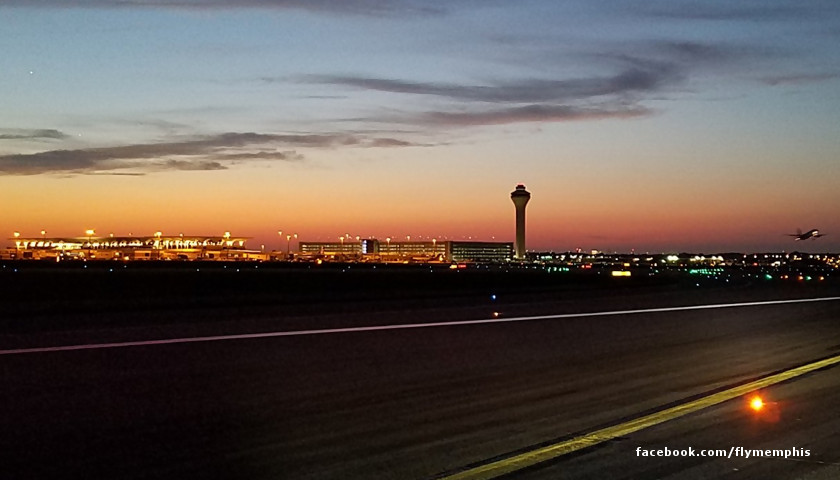Federal taxpayers will shell out $43.3 million to improve the Memphis International Airport, despite reports traffic has fallen dramatically in recent years.
U.S. Rep. Steve Cohen, D-Memphis, announced the funding, which came from the Federal Aviation Administration.
Exactly $28.5 million of that will reimburse airport officials for reconstructing two taxiways. The remaining $14.7 million, meanwhile, goes to what Cohen called “the rehabilitation of the Memphis International Airport’s Concourse B.”
Northwest Airlines was once the airport’s most dominant carrier. Then Delta gobbled it up. Delta decided it only needed one hub in the South, in Atlanta. That decision cost Memphis almost two-thirds of its passengers, according to a recent New York Times story.
The result — three concourses are left and most of its gates are unused. Airports officials will spend $219 million to close and renovate Concourse B and mothball concourses A & C.
No one at Cohen’s office returned requests for comment Wednesday.
Memphis International Airport spokesman Glen Thomas, in an emailed statement, said the airport qualified for the federal funding, even though it might seem like a ghost town.
These funds, Thomas said, involved federal Airport Improvement Program money. Under federal law the aviation system generates that money. That money is then apportioned back to airports based on their activity stats.
“In this case, to Memphis based on the amount of cargo enplaned here (we are the world’s 2nd busiest cargo airport) and the number of passengers enplaned,” Thomas said in his statement to The Tennessee Star.
The Fed-Ex global hub is at the Memphis Airport.
“The AIP money is already allocated to the airport, we just decide what capital projects that it will help fund,” Thomas said.
Memphis lies along an earthquake fault line. Some of this money will see to it that the airport meets seismic standards, Thomas said.
Passengers in the past used the airport as a hub while connecting from one destination to the other. Now, Memphis is almost entirely an origin and destination airport, Thomas said.
“That said, our O&D traffic is as high as it was during the hub era, and that number is increasing,” Thomas said, pointing to an airport press release that said more than 2 million people used the airport for Fiscal Year 2017-2018 — a 5.6 percent increase over the previous year.
Delta’s removal of hub operations, Thomas said, created a situation where there were many open gates, with airlines operating on three different concourses. This spread out the passenger flow, which causes problems for restaurants and retail stores and passengers.
“In addition, we had operating costs for a lot of unused space,” Thomas said.
“The modernization project will not expand the airport, but will consolidate all airline and retail & food operations into one concourse, making better use of our space, adding seismic improvements, and streamlining passenger flow for our tenants. It will also allow for future growth.”
As The Tennessee Star reported in May, the chairwoman of the Shelby County Commission said some of the blame for the airport’s woes lies with the Tennessee state government.
Shelby County Commission Chairman Heidi Shafer blamed “heavy competition with neighboring states’ tax incentives, the move away from brick and mortar, a Nashville-based government that mainly focuses its dollars and action on the middle and east divisions of the state (think Mega-Site), and an airport that must balance crucial cargo traffic with de-hubbed passenger status.”
Anyone who wants to see the Memphis International Airport return to its glory days should start paying more attention to state and local politics, Shafer said.
“We need special incentives for West Tennessee to attract business, and we need a clear plan to get the Mega-Site operational FAST to spur our economy. If the economy in West Tennessee picks up, the airport problem will solve itself.”
– – –
Chris Butler is an investigative journalist at The Tennessee Star. Follow Chris on Facebook. Email tips to [email protected].




